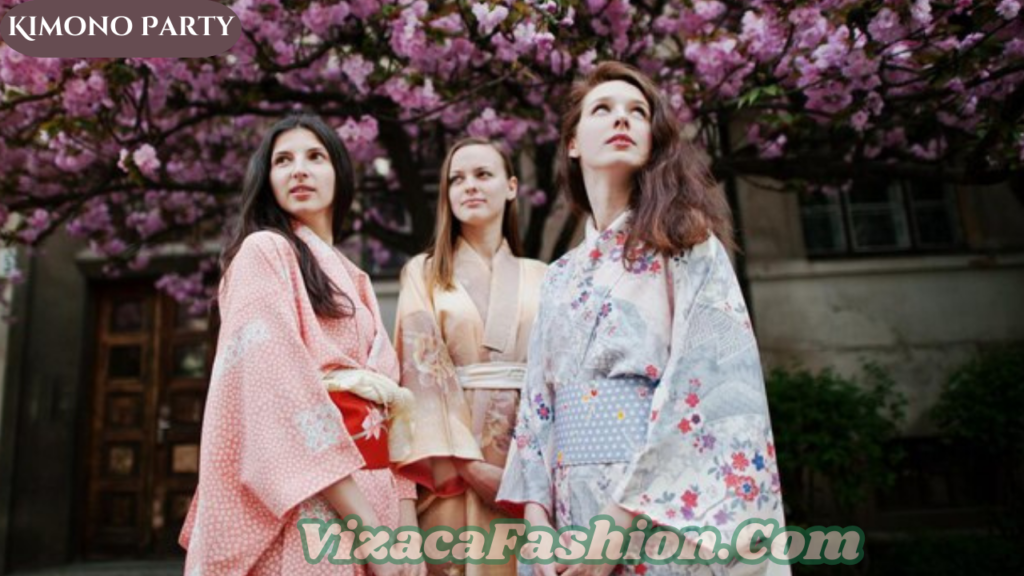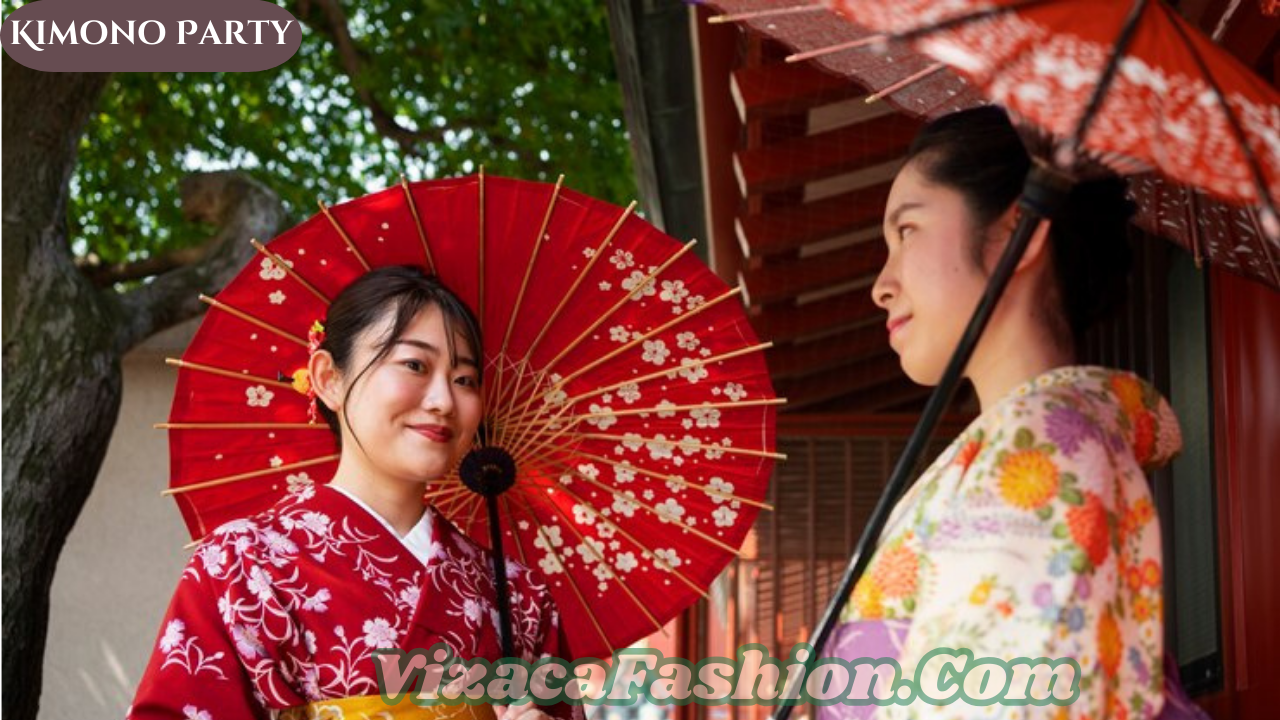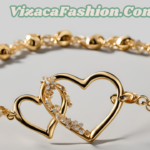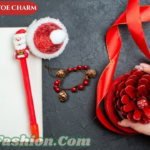Introduction to a Kimono Party??
A kimono party is a unique and elegant gathering that embraces the beauty of Japanese culture. Whether it’s a formal celebration, a casual get-together, or a themed event, wearing kimonos adds sophistication and authenticity to any occasion. These parties allow participants to experience the charm of traditional Japanese attire while enjoying cultural festivities, food, and entertainment. Hosting a kimono party?? requires careful planning, from selecting the perfect kimono to organizing activities that honor Japan’s rich heritage.
The History and Significance of Kimonos
The kimono is a traditional Japanese garment with centuries of history. It evolved from the Chinese Hanfu during the Heian period (794-1185) and became a significant part of Japanese identity. Initially worn daily, kimonos are now reserved for special occasions such as weddings, tea ceremonies, and festivals. A kimono party?? allows guests to celebrate this cultural symbol while appreciating its craftsmanship and artistry. Different kimono styles and fabrics reflect seasonal changes, social status, and the formality of an event, making them an integral part of Japanese tradition.
Choosing the Perfect Kimono for a Party
When attending or hosting a kimono party??, selecting the right kimono is crucial. Various factors influence the choice, including the type of event, season, and personal style. Some common kimono types include:
- Furisode: A formal kimono with long, flowing sleeves, often worn by unmarried women.
- Yukata: A casual, lightweight summer kimono, perfect for relaxed gatherings and festivals.
- Tomesode: A formal kimono worn by married women, featuring intricate patterns below the waist.
- Komon: A kimono with small, repeated patterns, suitable for informal events.
How to Style Your Kimono for the Party

Wearing a kimono correctly enhances the overall experience of a kimono party??. The process includes:
- Obi Selection: The obi, or sash, should complement the kimono. It can be tied in various styles, such as the butterfly or taiko drum knot.
- Footwear: Traditional footwear like zori (formal sandals) or geta (wooden clogs) completes the look.
- Accessories: Kanzashi hair ornaments, decorative fans, and small handbags add an elegant touch.
- Hairstyle and Makeup: Traditional Japanese hairstyles and subtle makeup enhance the aesthetic appeal.
Planning a Kimono Party??
Hosting a successful kimono party?? involves thoughtful preparation. Here are some essential elements to consider:
1. Venue Selection
A kimono party can take place in various settings, such as a Japanese tea house, garden, or a beautifully decorated indoor space. The ambiance should reflect Japanese aesthetics with elements like tatami mats, paper lanterns, and floral arrangements.
2. Traditional Japanese Cuisine
A well-planned menu enhances the cultural experience. Consider serving:
- Sushi and sashimi
- Tempura
- Onigiri (rice balls)
- Matcha tea and wagashi (Japanese sweets)
- Sake or plum wine
3. Engaging Activities
A kimono party?? should include activities that immerse guests in Japanese culture. Some ideas include:
- Tea Ceremony: A formal demonstration of Japanese tea culture.
- Calligraphy: Guests can learn to write Japanese characters.
- Origami: Folding intricate paper designs as a fun group activity.
- Kimono Fashion Show: A friendly competition showcasing different kimono styles.
- Traditional Japanese Dance and Music: Performances featuring taiko drums, shamisen music, or traditional dance enhance the atmosphere.
Etiquette and Cultural Respect
While a kimono party?? is a fun celebration, it is essential to show respect for Japanese customs. Some etiquette tips include:
- Proper Kimono Wearing: Ensure the left panel goes over the right, as the reverse is reserved for funerals.
- Polite Bowing: Acknowledge others with a traditional bow instead of handshakes.
- Mindful Behavior: Avoid excessive movement that might disarrange the kimono.
- Respect for Tradition: If participating in ceremonies, follow the guidelines of the host.
Modern Interpretations of a Kimono Party
A kimono party?? can also be adapted to modern tastes while retaining traditional elements. Some hosts incorporate:
- Fusion Themes: Blending Japanese tradition with contemporary fashion trends.
- Virtual Kimono Parties: Online gatherings where participants dress in kimonos and engage in cultural discussions.
- Kimono-Inspired Dress Codes: Encouraging guests to wear kimono-style clothing instead of traditional kimonos.
FAQs About Kimono Parties
What is the best kimono for a casual party?
A yukata is the best choice for a relaxed kimono party??, as it is lightweight, comfortable, and easy to wear.
Can men wear kimonos to a kimono party??
Yes, men can wear kimonos too! The male kimono is simpler in design and usually paired with hakama (traditional pleated trousers) for formal events.
How can I host a kimono party if I don’t own a kimono?
If you don’t own a kimono, consider renting one or wearing kimono-inspired outfits that reflect Japanese aesthetics.
Are there specific seasons for a kimono party??
A kimono party?? can be held year-round, but summer is ideal for yukata gatherings, while winter is suitable for heavier silk kimonos.
Conclusion
A kimono party?? is a fantastic way to celebrate Japanese culture, fashion, and traditions. Whether you are hosting or attending, embracing the elegance of kimonos and engaging in cultural activities will create a memorable experience. By planning carefully and respecting traditions, a kimono party?? can be a beautiful blend of history, style, and festivity.


